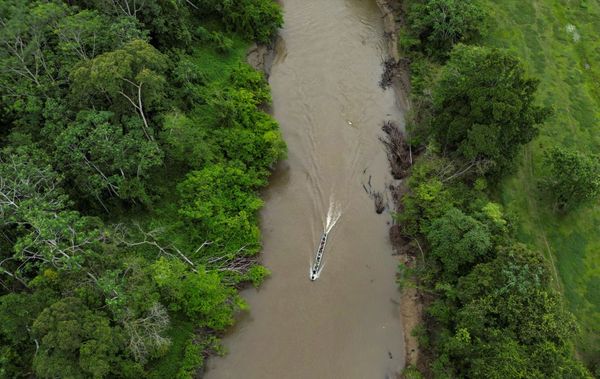A new study of the Little Ice Age (LIA), a global climatic event between CE 1671-1942, has revealed that the age was wet and not uniformly cold and dry.
According to the Department of Science and Technology, the study of the LIA, shows significant variations of rainfall patterns during that age, and challenges the conventional notion of a uniformly cold and dry climate with reduced monsoon rainfall during the LIA.
“The Western Ghats experiences both the south-west summer monsoon (SWM) during June to September and the north-east winter monsoon (NEM) during October to December. Understanding the vegetation dynamics and corresponding hydro-climate variability from such an area, which was influenced by both the SWM and NEM, could be crucial in understanding the monsoonal variability during the last millennium,” states the department.
From Western Ghats
A study of pollen-based vegetation dynamics and contemporary climate change and monsoonal variability between CE 1219-1942 was reconstructed from the Western Ghats, by the Birbal Sahni Institute of Palaeosciences, an autonomous institute of the department.
The scientists scouted core sediment samples from the Honnamanakere Lake in Karnataka and analysed pollen accumulated in them to reconstruct the vegetation-based climate change and monsoonal variability during CE 1219-1942 from the Western Ghats.
“It showed the record of moist (wet) LIA.Moist/semi-evergreen–dry tropical deciduous forests were mainly recorded from the study area,” the department said.
Their study published in the journal Catena showed that record of the signature of moist conditions during (LIA from the Western Ghats, India, probably due to the increased NEM.
For future climatic predictions
“The high-resolution palaeo-climatic records generated in the present study could be helpful in developing paleo-climatic models for future climatic predictions and also for a scientifically sound policy planning. Knowledge and understanding of the climate change and the Indian Summer Monsoon (ISM) variability during the Holocene could be of immense interest to strengthen the understanding of the present ISM-influenced climatic conditions, as well as of possible future climatic trends and projections,” the department added.







